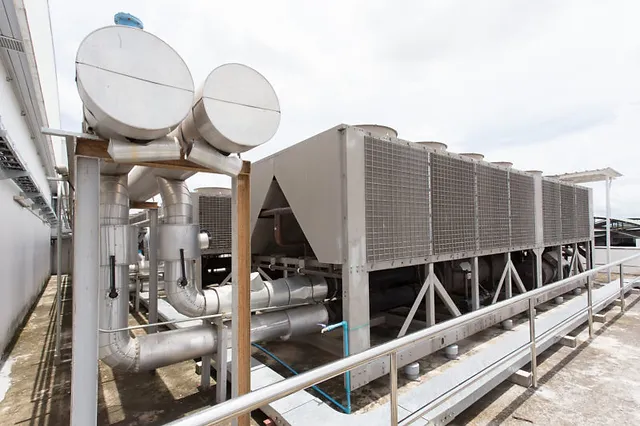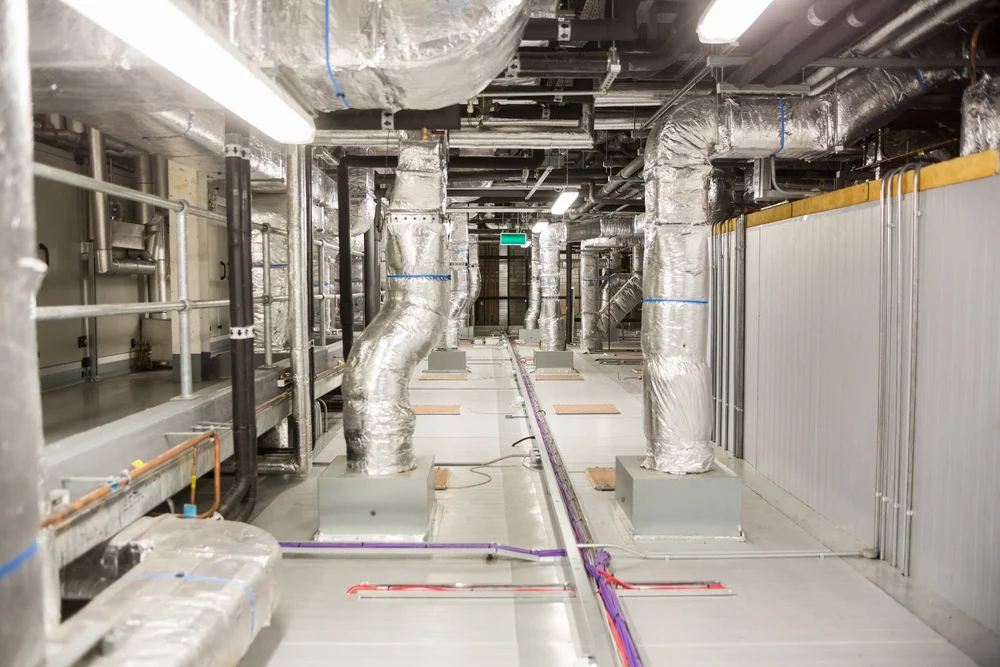With the fast development taking place in Africa and Asia, people’s apathy and others’ continued disbelief in global warming, it’s no wonder climate change is only getting worse. As a business owner or manager of a commercial establishment with an HVAC or refrigeration system, it’s helpful on your bottom line and for generations to come to look into ways to reduce your carbon footprint.
1. Update Your Thermostats
The first way is by updating your thermostats. Manual or remote-controlled thermostats which are managed by human beings are quickly becoming a thing of the past. Thanks to Internet-connected sensors, cloud computing and predictive analytics like that used by Motili, HVAC management systems can now continually adjust temperatures and humidity levels across different areas of a home based on real-time and historical data. By connecting HVAC to the Internet of Things, the optimization can slash energy usage by 20 percent. 20% is a big reduction in energy use. You update your phone every several months, so take a look at your commercial HVAC’s thermostats this season and upgrade as needed.
2. Take Advantage of Solar Energy
Another way to make your system more energy-efficient involves using solar energy. A recent invention called the Therm X introduces a solar thermal collector into the original HVAC system. The collector uses solar energy instead of electricity to power the compressor – a part of the HVAC unit that helps in cooling. One client saw in excess of a 50 percent reduction in cooling costs since the system was installed.
“Over the period of a year, on a system running 24 hours a day, it would save between 35 and 40 percent reduction on an average system,” Crabtree said. “When the sun’s in the sky … during the day, we can see savings in excess of 60 percent.
“To me, because I’m a commercial guy, it’s the cost savings,” he said. “Obviously, there are other benefits, like the switch to green applications, the fact that this means the system is producing significantly less CO2 into the atmosphere, [and requiring less] production of energy to run the system in the first place. And it’s essentially maintenance-free. It’s just not rocket science. It’s a very simple technology to install.
The energy and cost benefits are clear. The fact that it doesn’t need a lot of maintenance is the cherry on top. So consider incorporating solar energy into your HVAC system.
3. Invest in a New Energy-Efficient Unit
Finally, increasing the energy efficiency of your HVAC system may require a complete overhaul. Replacing your current unit with high-efficiency systems reduces costs to cool and energy use. Since 44 percent of the energy generated for commercial buildings is used for HVAC and refrigeration, it makes sense to consider upgrading to high-efficiency HVAC equipment. For example, replacing an older rooftop unit with an EER (Energy Efficiency Ratio) of 6.2 with a modern 13 EER unit can result in annual cooling cost savings up to 52 percent. These substantial savings can help offset other escalating budgetary expenses without compromising occupant comfort. In updating your HVAC system with more energy-efficient units, you’re going green and in most cases can even get tax credits or breaks.


